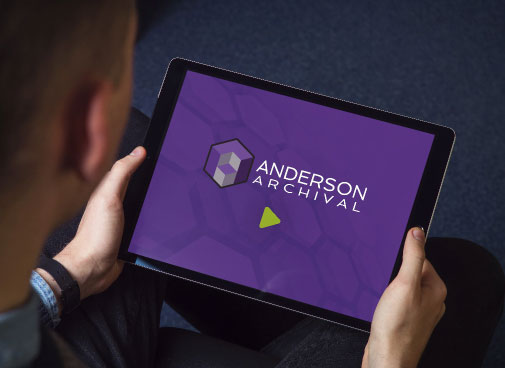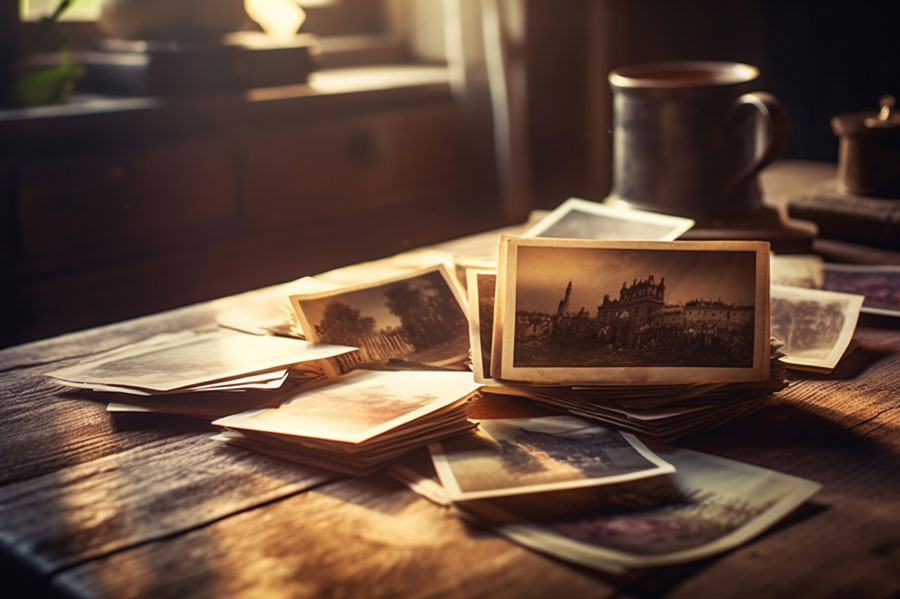
Items to Preserve
At Anderson Archival, we take pride in our commitment to the preservation of your collection, regardless of its size or the types of materials it contains. But what does preservation mean?
Simply put, preservation is the act of keeping something safe from damage or deterioration. Preserving your collection is about saving and sharing the stories of people and events before us, then passing them on while adding a few of our own.
Anderson Archival is here to help you share your story and keep it safe for years to come, both by digitally preserving your collection and rehousing the originals in archival storage materials. It’s time to share your story!

Preserve with Anderson Archival
Periodicals and Newspapers
Digitize your old newspapers for future research! Anderson Archival offers expert newspaper and periodical digitization services to preserve your periodical collection effortlessly.
Books and Manuscripts
Save your old and damaged books and manuscripts! Create digital copies of your books and manuscripts if you need multi-user access or wish to utilize OCR to search for specific keywords.
Correspondence
Preserve your family letters and official correspondence! We offer high-quality letter scanning and preservation services for typed and handwritten letters and arrange them according to your needs.
Photographs
Don't lose your family photos to time or natural disaster ever again! Preserve your photos forever by having our expert team scan and document them.
Company Records
It's time to make the switch to a paperless office and a decluttered storage room. We offer document conversion services, bulk scans, and precise digitization with OCR.
Audiovisual
Ready to digitize film, reels, tapes, cassettes, slides, negatives, and more? Anderson Archival can help! Take a look at the material we can work with.




